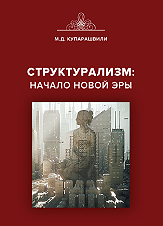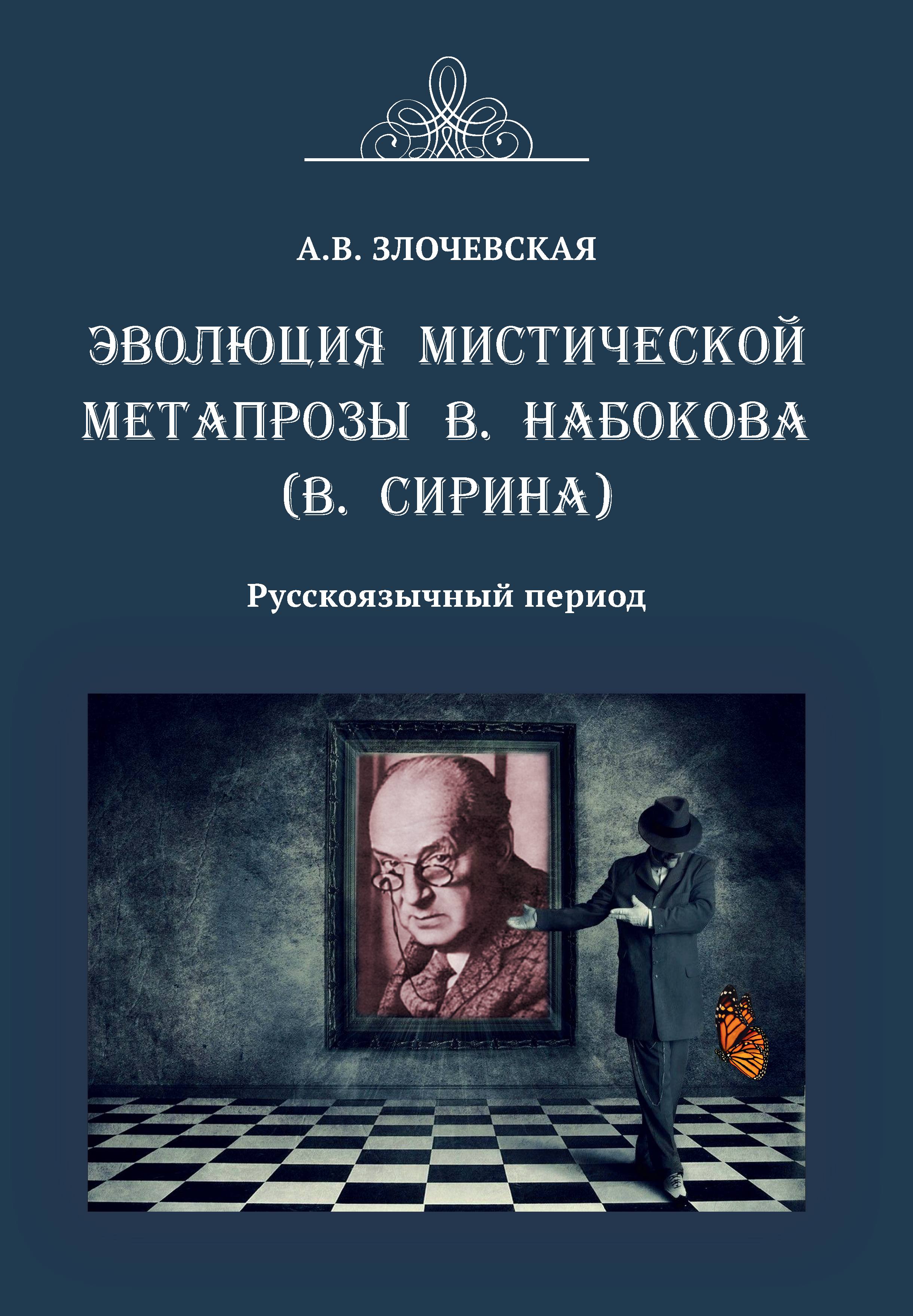Sergey V. Reznik, Dr. Sc. (Engineering), Professor, Head of Dpt. SM-13, Bauman Moscow State Technical University, e-mail: sreznik@bmstu.ru
Victoriya V. Moiseenko, Graduate student of Dpt. SM-13, Bauman Moscow State Technical University, Chair of the Board of the Student Scientific and Technical Society n.a. N. E. Zhukovsky, e-mail: mvvmoiseenko@yandex.ru
In the light of the urgency of achieving national technological sovereignty, the issues of organizing the work of Student Design Bureaus (SDB) are considered. In previous years, these student associations have shown their effectiveness in training creative professionals with higher technical education. A comparison of the SDB with other traditional forms of ‘student science’ is presented. The article presents a retrospective of the organization of student scientific associations of the SDB type (this concept came into use only in the middle of the last century) in one of the leading technical universities of the country — Bauman Moscow State Technical University. Probably, the aeronautical circle, organized in 1909 at the Imperial Moscow Technical School, can be considered one of the first such associations. As aviation developed, and then rocket and space technology, many student teams operated in the country's institutions, developing initiative projects for airplanes, balloons, airships, rockets and spacecraft. Since this broad subject area is still of interest to students and is classified as a priority area of national scientific and technological development, this article focuses on the description and analysis of the work of the Design Bureau performed at MHTS/MSTU n.a. Bauman team projects in the field of aviation and rocket and space technology. As part of the analysis, important components of success in the organization of the SDB were identified: the initiative of students in determining the topics of projects, active student self-government, support from the administration and public organizations, the presence of scientific and technical leadership, close connection with the educational process, relevant departments and established scientific schools in the departments. One of the problematic issues that deserve additional analysis is the sustainability of the SDB, which is affected by a change in staff every 2–3 years, when students who initiate or are enthusiastic about certain projects graduate and leave the university. It follows from the history of SDB that the process of this kind of ‘growing up’ may have several evolution options.
Keywords: higher technical education, technological sovereignty, student design bureaus, sustainability, work efficiency
References
1. Lvov, N. Student scientific society. Moscow: Molodaia Gvardiia Publ., 1951. 85 p.
2. The Charter of the Student Scientific and Technical Society (SSTS MHTS), approved in 1943. Moscow: Publishing House of MHTS, 1945. 8 p.
3. The Charter of the Bauman MHT School Student Scientific and Technical Society, approved on 23.VI.1950. Moscow: Publishing House of MHTS, 1950. 9 p.
4. Regulations on the circle of the SSTS, approved by the Council of SSTS 2.XI.1954. Moscow: Publishing House of the MHTS, 1954. 10 p.
5. Lvov, N. To help the SSTS asset. Moscow: MHTS, 1955. 31 p.
6. Methodological materials on the organization of students’ research work. Moscow: Publishing house, rotaprint MHTS, 1980. Part 1. 25 p.
7. Methodological materials on the organization of students’ research work. Moscow: Publishing house, rotaprint MHTS, 1980. Part 2. 25 p.
8. Proceedings of the SSTS MHTS. Moscow: Council of the SSTS, 1948. Iss. 1. 103 p.
9. Proceedings of the SSTS MHTS. Moscow: Council of the SSTS, 1949. Iss. 2. 92 p.
10. Korchagina, L. Beyond the academic plan. Komsomolskaia Pravda. 1947. May 31 (No. 126 (6758)).
11. Ivanov, K. The path to science. Moskovskii Komsomolets. 1948. March 23 (No. 37 (893)). P. 3.
12. Go boldly to science, youth! (The second scientific conference of students of the capital was opened). Moskovskii Komsomolets. 1948. April 22 (No. 50 (906)). P. 1.
13. Filatov, L. They are going ahead. Komsomolskaia Pravda. 1949. June 25 (No. 148 (7397)). P. 3.
14. Morozov, A. The creators of the technology of the future. Smena. 1949. No. 6. P. 14.
15. Reserves of Soviet science. The Moscow Bolshevik. 1949. March 29 (No. 73). P. 2.
16. Mar, E. The gift of students. Evening Moscow. 1949. March 29 (No. 74 (7666). P. 2.
17. Scientific works of students (conference at MVTU). Evening Moscow. 1950. March 20 (No. 67 (7968)). P. 2.
18. Ermolovich, T. Scientific works of students. Moskovskii Komsomolets. 1950, April 4 (No. 41 (1211)). P. 3.
19. Scientists and students on the peace watch: The Bauman Moscow Higher Technical School helps production. Evening Moscow. 1950. July 26 (No. 175 (8076). P. 1.
20. Nikolaev, G. The path to science. Moskovskaia Pravda. 1950. June 6 (No. 91 (9197)). P. 1.
21. Orlinskaya, N. They study in Moscow. Moskovskii Komsomolets. 1950, July 18 (No. 90 (1260)). P. 3.
22. Kurbatov, A., Lvov, N. Kodachev, B. Letter to the editor. Let’s talk about the work of student scientific societies. Komsomolskaia Pravda. 1951. February 3 (No. 27 (7894)). P. 3.
23. Lvov, N., Epstein, V., Pogrebinsky, G. The first experiments (On the work of student scientific societies). Smena. 1951. No. 2. P. 20.
24. Blagonravov, A.A. Student scientific circle. Komsomolskaia Pravda. 1951. June 8 (No. 132 (7999)). P. 3.
25. Evgeniev, L. Scientific creativity of students. Evening Moscow. 1955. July 5 (No. 157 (9597)). P. 3.
26. Research on comparative education: approaches and methods. Ed. by M. Bray, B. Adamson, M. Mason. Transl. from English by M.L. Vakhovsky, I.V. Raznatovsky. Under the scientific editorship of L.Ts. Vakhovsky. 2nd ed., revised. Moscow: Publishing House of the Higher School of Economics, 2019. 472 p.
27. Shostakovsky, B. Karmanov, E, Mayboroda, V. Information materials from the work experience of the Moscow City Komsomol Organization for the development of scientific and technical creativity of students. Moscow: Rotaprint MIEM Publishing House, 1969. 56 p.
28. Student scientific creativity. Ed. by V.I. Krutov, M.V. Nikoruk, V.I. Baburov et al. Moscow: Molodaia Gvardiia, 1968. 240 p.
29. Chursin, M.M. The history of the development of the Faculty of Power Engineering at the Bauman Moscow Higher Technical School (1868–1977). Moscow: Bauman MHTS, 1977. 88 p.
30. Kalinina, L.O. Klimov, I.V. Vladimir Klimov. St. Petersburg: Polytechnic, 2013. 655 p.
31. Kemurgian, A.L. Gromov, V.V., Kazhukalo, I.F. et al. Planetohods. Ed. by A.L. Kemurgian. Moscow: Mashinostroenie, 1982. 399 p.
32. Gromov, V.V., Zabavnikov N.A., Kemurgian, A.L. et al. Movement on the soils of the Moon and planets. Ed. by A.L. Kemurgian. Moscow: Mashinostroenie, 1986. 272 p.
33. Efanov, V.V., Dolgopolov, V.P. The Moon from research to development. Vestnik of the SPA n.a. S.A. Lavochkin. 2016. No. 4. P. 3–8.
34. Naumov, V. N., Sarach, E.B. From tanks to planetary rovers. Engineering Journal: Science and Innovation. 2013. Iss. 3. 10 p. URL: http://engjournal.ru/catalog/machin/transport/624.htm
35. M-1: 50 years after launch. Ed. by V.I. Usyukin, A.I. Ganichev, S.V. Reznik. Moscow: Publishing House of Bauman MSTU, 1998. 216 p.
36. Reznik, S.V. Collective scientific creativity of students in the framework of the educational process. Rocket and space technology: fundamental and applied problems: Proceedings of 2nd Int. Scientific Conf. (Moscow, November 18–21, 2003). Moscow, 2005. P. 163–169.
37. Space Age. Forecasts for 2001 / Comp. Yu. Konecci, M. Hunter II, R. Trapp; Transl. from English. Ed. by V.S. Yemelyanov. Moscow: Mir Publ., 1970. 420 p.


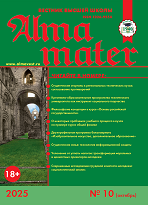
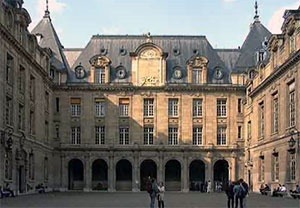
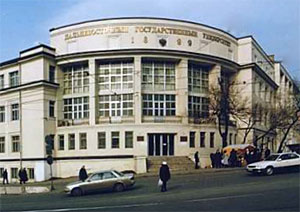

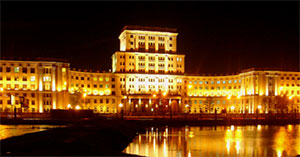
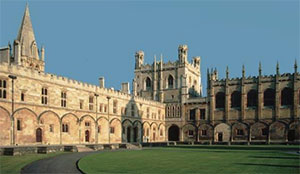
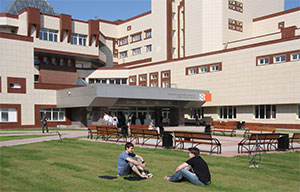



.png)
